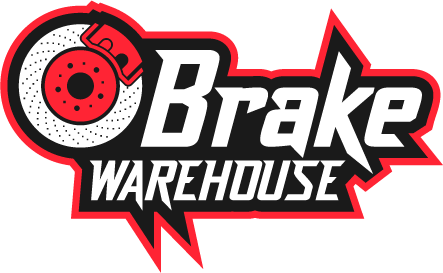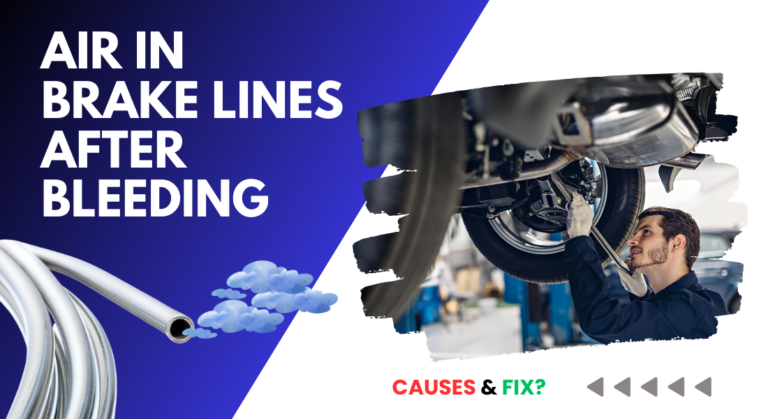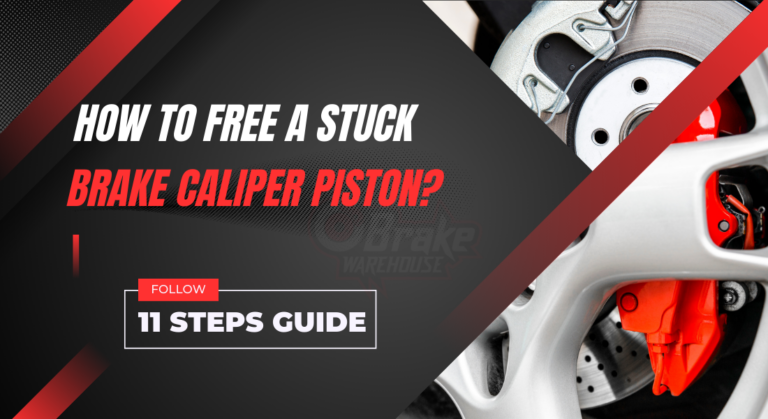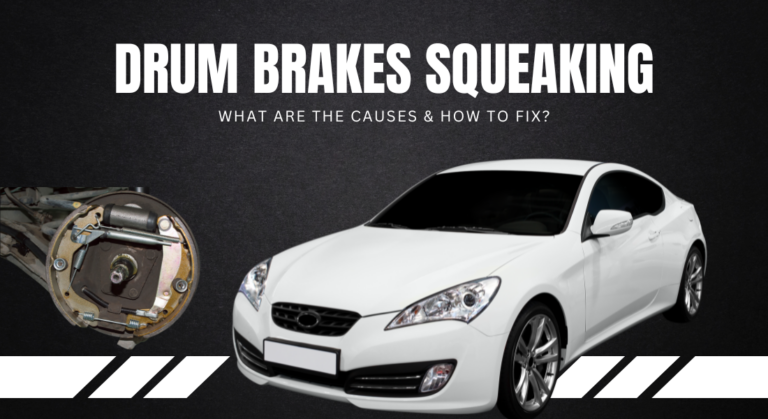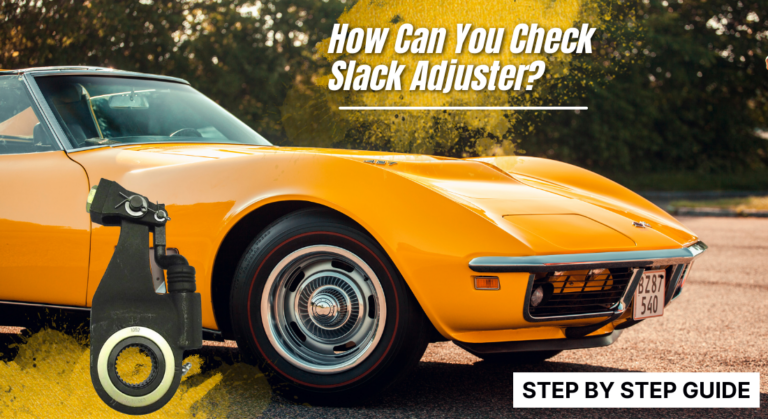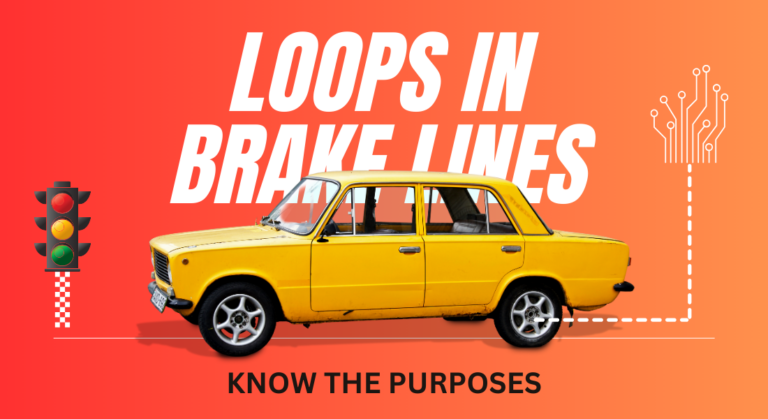Is Brake Fluid Flush Waste of Money?(Is it Necessary)
Has your mechanic ever told you that you must flush your brake fluid? Many truck owners get worried, thinking it’s just their way to grab another hundred bucks. So they keep asking me – Is brake fluid flush a waste of money? Is it necessary?
Well, it may seem like a gimmick, but flushing the brake fluid is, indeed, crucial. If you don’t do it when needed, it can affect your brakes’ performance over time. After all, the fluid constantly picks up bits of dirt as it sits in there.
And all that junk leads to problems with friction, rust, and corrosion. Let me explain more about why flushing the brake fluid is a good idea, when you should get it done, and more.

What Is a Brake Fluid Flush?
In simpler terms, a brake fluid flush means clearing out all the old brake fluid and replacing it with new stuff.
This is super important because it’s what transfers pressure from the brake pedal to the actual brakes that stop your wheels. Over time, the fluid can get contaminated with junk like rust, dirt, and little rubber and metal bits.
That messes with how well it can transfer pressure, which means your brakes won’t work as effectively. The fluid also absorbs water as it gets older, which can cause corrosion in the brake system.
How Is a Brake Fluid Flush Done?

When a mechanic does the flushing, the process usually goes like this:
They jack your car up first so it’s elevated and seat it securely on jack stands. Once that’s done, they put a tight-fitting rubber hose onto the little bleeder valve at each wheel. The hose runs down into a small bottle that already has a bit of new brake fluid in the bottom.
That fluid in the bottle is important – it keeps air from getting sucked back into the system when they open the bleeder valves. Then, they loosen up each bleeder valve one at a time.
While one is open, they have someone pumping the brake pedal to force the old fluid out. At the same time, new fluid gets pulled in from the bottle to replace what’s coming out.
When taking everything apart, they’ll also usually check things like the brake lines, pads, and sensors for wear or leaks. If anything is getting a little too low, they’ll probably recommend replacing it soon.
Why Is Brake Fluid Flush Necessary?

Like I’ve said, I get asked a lot about the necessity of flushing the brake fluid. And as you can see in this post, or this one, it’s a burning question for online discussion as well.
As I mentioned already, flushing it out and replacing it with new fluid makes your braking system more effective. This is especially important if your car has anti-lock brakes or traction control since those systems rely on the brake fluid transferring pressure smoothly.
Let’s explain it a bit further:
Brake Fluid Absorbs Moisture
One big reason is that brake fluid is hygroscopic, which means it attracts moisture from the air over time.
If the fluid in your braking system gets too watered down, all the metal parts can start to corrode. You don’t want rust and corrosion causing problems with things like your brake lines or calipers.
Contaminated Fluid Boils at a Lower Temperature
Another thing is that old, dirty fluid actually boils at a lower temperature than new fluid when contaminated with dirt, rubber, and metal particles.
This means your brakes won’t work as well when they get really hot, like from lots of downhill braking.
In extreme cases, they might even fail completely when you need them the most. You don’t want to find out the hard way that your brakes don’t work!
Safety Systems Generate Extra Heat
Many people also don’t always realize that safety features like ABS and traction control generate heat as they work. All that extra heat breaks the fluid down even faster.
And those systems rely on clean fluid to operate properly. If the fluid gets gunked up, it can damage expensive ABS sensors and modules over time.
Protects Sensitive Electronic Parts
Anti-lock braking and traction control modules contain sensitive electronics that can be damaged by moisture and debris in old brake fluid.
Flushing it helps protect a brake computer that could cost hundreds of dollars to replace if it gets wrecked by dirty fluid. You want to avoid expensive repairs down the road by doing regular fluid flushes.
How Do You Know When to Do a Brake Fluid Flush?

Any time you’re replacing things like your brake calipers, rotors, or pads, it’s a good idea to flush out the brake fluid at the same time. This is especially true if the fluid looks discolored or contaminated.
Most mechanics recommend flushing the fluid about every 40,000 – 45,000 miles or 2-3 years whenever you’re changing the brake pads. Doing it on a regular schedule helps improve your braking performance and prevents issues down the road.
Yet, there are a few telltale signs that indicate you need to flush right away.
Brake Pedal Feels Soft
If your brake pedal feels squishy and sinks further than usual, it’s a sign the fluid needs flushing. A soft pedal means air or water is likely in the lines. When you press it, the fluid compresses more than it should before the brakes engage. A quick flush will typically fix this issue.
Leaking Brake Fluid
Leaking brake fluid is never good for your vehicle – you must find and repair the source. Sometimes, it’s a loose bleeder valve; other times, rust or freezing can burst a line.
Once you get them fixed, it’s necessary to flush the lines to remove any contaminants. Check under the car and fluid levels regularly to make sure it doesn’t reappear.
Brake Fluid Is Contaminated or Low
Also, you must flush when the fluid looks dirty, cloudy, or low. You can check the levels in the master cylinder reservoir. Dark or contaminated fluid needs to be replaced as it has lost effectiveness. Low fluid may indicate an unseen leak.
ABS Warning Light Turns On
And lastly, if your ABS light comes on, this could be a sign of bad brake fluid. The light can be triggered by dirty fluid, which might be impacting the sensors. Connecting an OBD reader provides more info, but a flush is a simple first step to try if you’re not sure what’s causing it.
Frequently Asked Questions
Do you have further questions regarding the importance of brake fluid flush? Here, I’ve answered a few commonly asked questions that might help.
Is Brake Fluid Flushing the Same as Brake Bleeding?
Not essentially. Brake flushing fully replaces old fluid, while bleeding just removes air bubbles. Yet, both improve braking by getting rid of air in the lines that cause pedals to feel soft.
How Much Does It Cost to Do a Brake Fluid Flush?
Typically, you can expect to pay anywhere between $50 and $200. The actual cost can vary depending on things like your vehicle, where you get the work done, and the type of brake fluid needed.
Is It Okay to Drive Even If My Car Needs a Brake Flush?
If you want your brakes to work properly when slowing down or stopping, then brake fluid is a necessity. Yet, while you might drive just fine for a few days, this can mean the brakes won’t perform as they should.

Meet Zayan, the mechanical genius behind the highly acclaimed brakes problems and solutions website. With over a decade of hands-on experience in the automotive industry, Zayan has become a trusted authority in the realm of brake systems.
His passion for cars, coupled with his expertise in solving complex brake-related issues, has earned him a devoted following of car enthusiasts, mechanics, and everyday drivers seeking reliable guidance.
